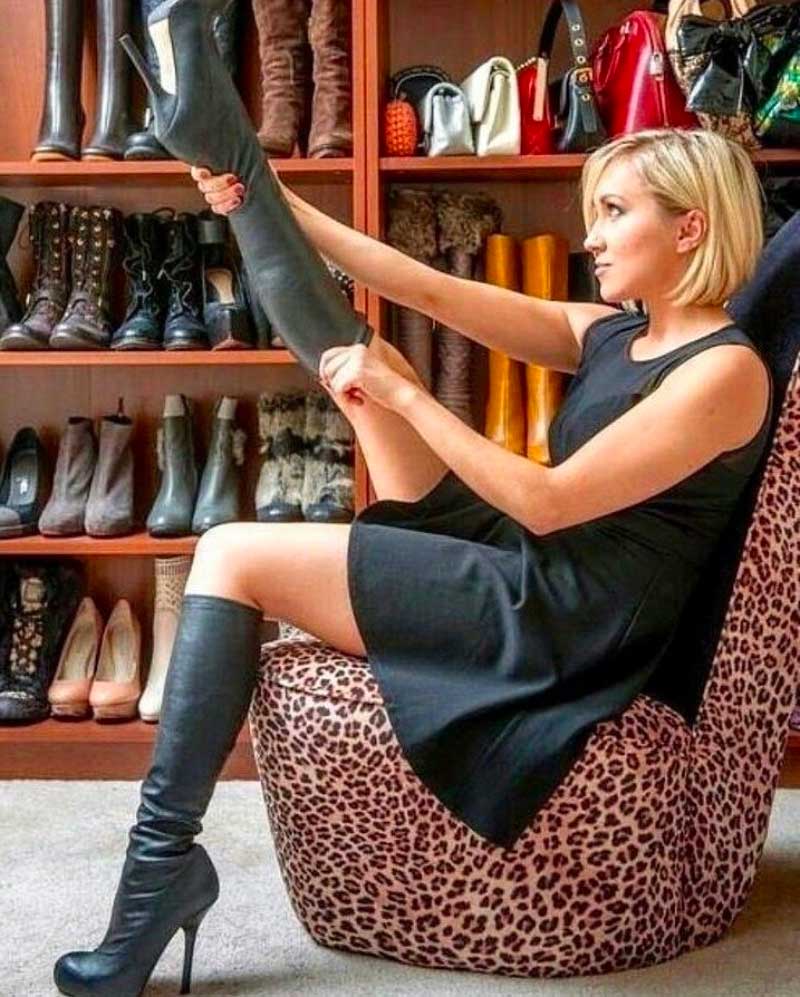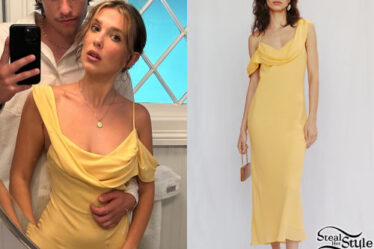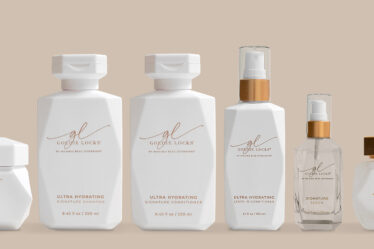
Yep, you’re short. But how does that affect what fits you best?
What Does Petite Mean?
When we say “petite,” most people assume we mean “tiny.” However, in the fashion world, “petite” refers to a size range of clothing that is made to fit the shorter woman who is 5 feet 4 inches or under. When shopping for petite clothing, it’s important to check retailers’ size charts because a few retailers designate 5 feet 3 inches, rather than 5 feet 4 inches, as the top height for their petite clothing.
Petite fashion first appeared in the late 1940s, reports the New York Times, when Hannah Troy noticed that regular clothing was too long-waisted for shorter women. But for years after petite sizes were added to the fashion world, not many paid attention.
Although not all clothing makers offer petite sizing, an increasing number of them do. Retailers are also adding more petite clothes to their stores to meet the needs of their customers.
Petites will generally fit you best in this height range, regardless of body shape or age.
The key word is “shorter,” like you. This size range is ideal for anyone with a voluptuous or rectangular figure, an hourglass, a triangle or an inverted triangle, slim or curvy. Petites are frequently available in both regular and petite sizes.
Basic Differences in Fit
The most obvious and important difference is that the clothing is shorter in length. Sleeves, skirts, leg lengths, and tops are all shorter. Because clothing manufacturers cut to their own specifications, length may be the only difference in some cases. Higher-quality petite pieces have other design differences, such as higher armholes and proportionally sized details. Petite pants should have a shorter rise, and a petite dress should have a shorter bodice.
Shopping Tips
Before you shop, get the 411 on what styles look best on your body shape combined with your petiteness and age. Or use a personal shopper at retailers that offer them. They’ll have advice and knowledge to guide you toward the most flattering choices. And don’t forget that if you have to have a piece that does not fit exactly right, you can have it tailored for that custom, perfectly fitted look.
Most of the time, online catalogs have a bigger selection of petite sizes than stores, which tend to have more floor space for regular-sized clothes. So shopping online definitely expands fashion options for petites, and as with all shopping, trying before buying is better. However, the selection is also important, and if you know your size and what looks best on you, shopping online is a good option—made even more appealing if returns are simple, either by mail or in-store.



